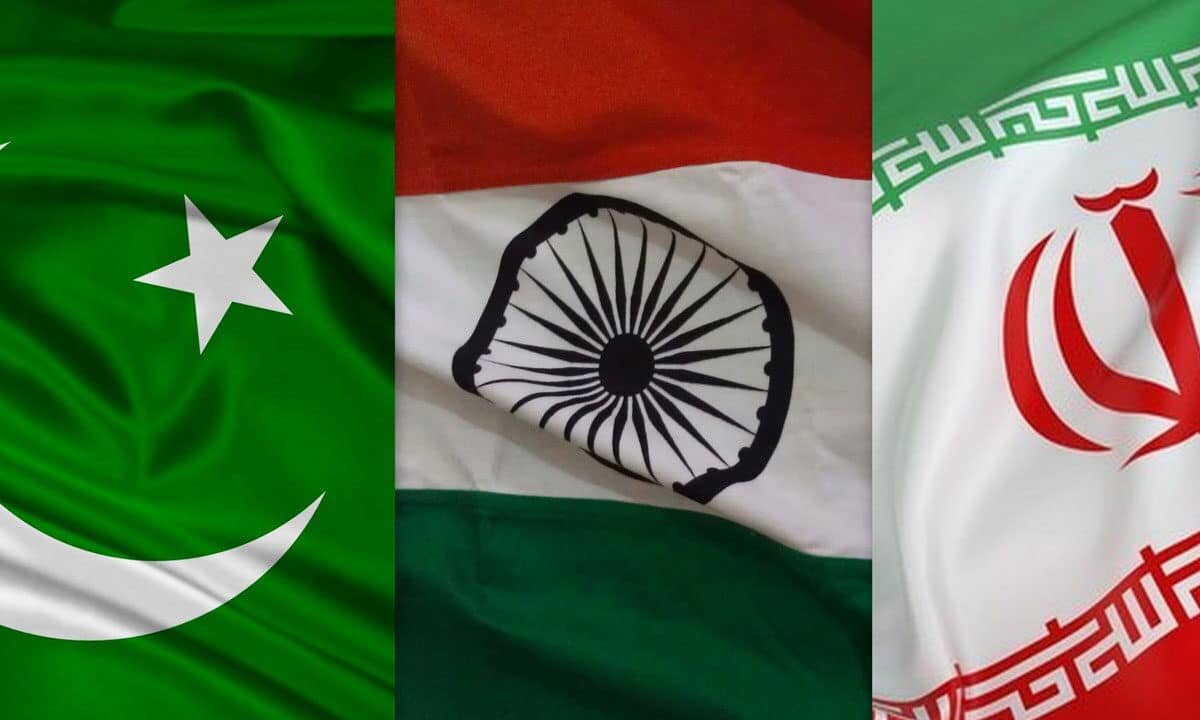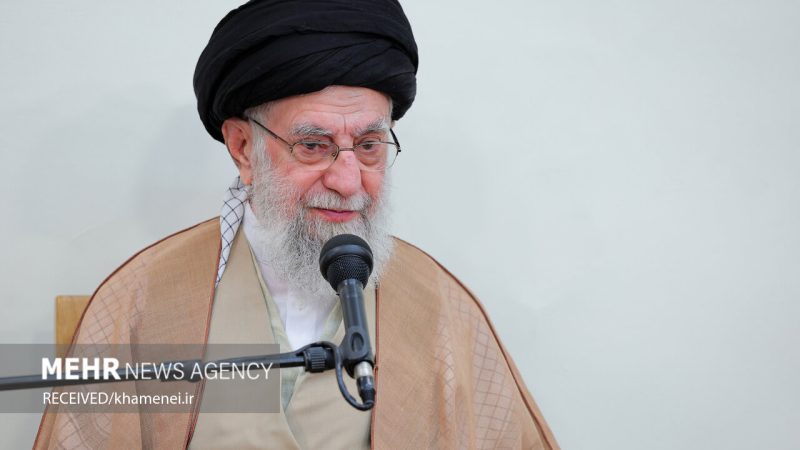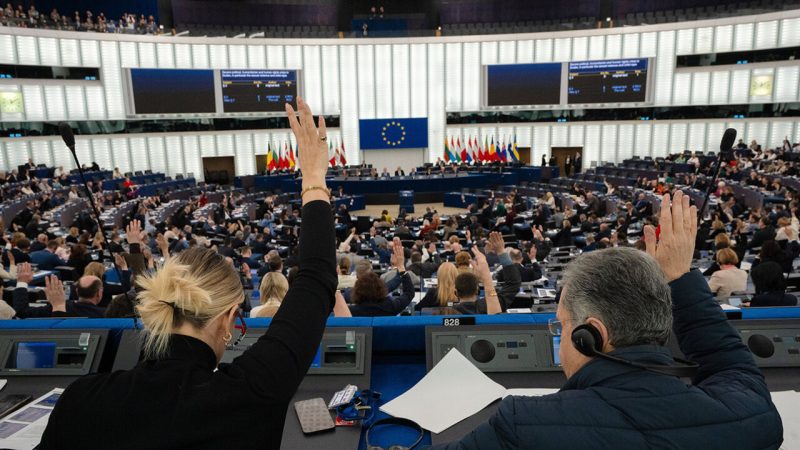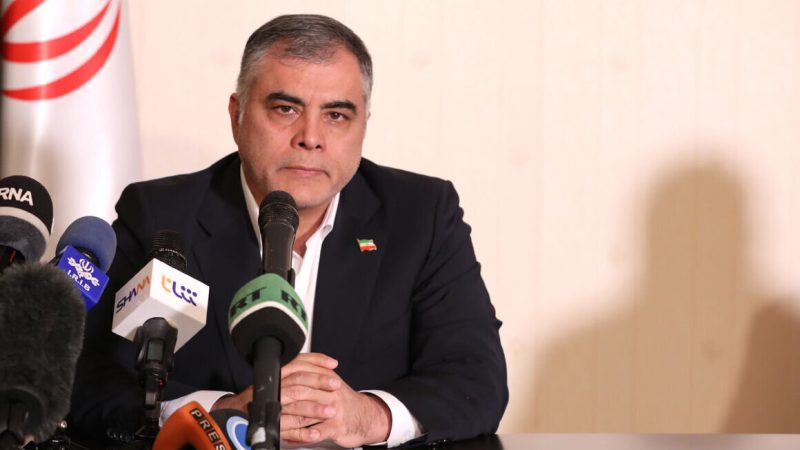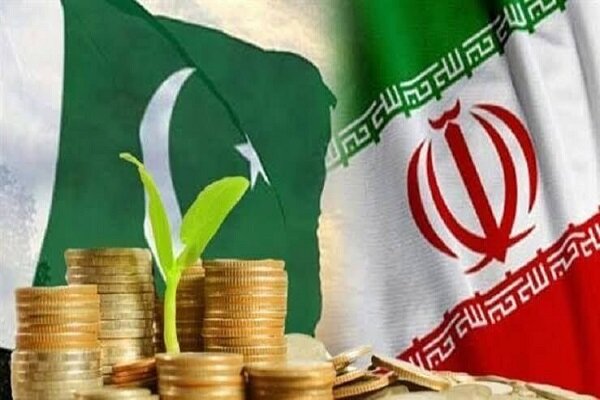Pakistan and India – the two nuclear-armed arch-rivals of South Asia – are back from the brink, once again. For the moment! The two have barely avoided an all-out war; though only after engaging in their deadliest armed conflict in almost three decades. Thanks to a US-brokered ceasefire on May 10, there is relative calm on the borders, for now.
The question in the minds of observers, however, is: would this ceasefire hold? And if yes, for how long?
The Islamic Republic of Iran, enjoying close ties with both the nations and having wide-ranging stakes in stability of the South Asian region, is among the nations in a position to come forward and play a positive role between the two for lasting and durable peace.
Let us first have a recap of what transpired in recent weeks. On April 22, 2025 armed men killed 26 tourists in Pehalgam – a famous tourist spot in the Indian controlled part of Jammu and Kashmir. Almost all of those killed were Hindus (except one Christian and a local Muslim boy trying to save them). Some among those killed were affiliated with India’s security forces.
Within minutes of the incident taking place, Indians, including top leadership, started blaming Pakistan – without any evidence. The Resistance Front, believed to be an off-shoot of banned Lashkar-e-Tayyeba, initially claimed the responsibility but later attributed it to cyber-deception of the Indian institutions.
Details that emerged later, specially filing of the First Information Report (FIR) in the Police Stations within ten minutes of the incident and leaked documents of Indian intelligence agency Research and Analysis Wing (RAW) – made Pakistan believe that it was a False-Flag Operation of the Indian government and institutions, to implicate Pakistan. That was, and remains, Pakistan’s official position.
Pakistan suggested that a fair, impartial investigation may be conducted by any mutually-agreed global institution or third party, to ascertain the facts – but India continuously refused to go for that.
India, however, went ahead with continuously blaming Pakistan – without presenting any evidence – and wowed to avenge, by attacking Pakistan. India previously had adopted the same line and stance in the case of the Pulwama incident (2019) and the Uri incident (2016).
Particularly in 2019, the Pulwama incident took place weeks before the Indian general election and Narender Modi used this opportunity to rally support for him by adopting a tough stance and war hysteria against Pakistan. India did attack Pakistan, that was not only repulsed and retaliated against by Pakistan with full force – but Pakistan also captured an India pilot that was later returned. Modi won election on the basis of huge support that he gathered due to jingoism against Pakistan. Now, even India’s own opposition parties accuse Modi of staging Pulwama False-Flag Operation to win elections.
Once again! With elections looming in key Indian state of Bihar this year, Modi and his Bhartia Janta Party (BJP) tried to play the same script this time around as well. However, the plan was much larger this time. India – under a misconception of superiority in terms of conventional weapons and stronger economy – tried to use this pretext of ‘terrorism’ to stage a major attack on Pakistan and damage Pakistan significantly, militarily. This way, Modi’s India wished to subjugate Pakistan for a long- term. They needed this, considering that Modi’s party had lost a lot of ground as per the results of 2024 Indian general elections – though they won but support base narrowed. So, this was their chance of revival to pre-2024 level, and block Indian National Congress’ resurgence.
Separately, India also suspended Indus Waters Treat (IWT) – the key bilateral water sharing agreement with Pakistan, which actually has no ‘suspension’ clause and Pakistan treats it as an ‘act of war’ – aggression against Pakistan’s share of water.
The Indians, miscalculated, however – in a big way. Pakistan at one hand trying its best to avoid any armed conflict, was fully ready to retaliate against any misadventure. On the night between may 6 and 7, India attacked on multiple locations in Pakistani controlled Kasmir in the north to Lahore, Sialkot and Bahawalpur in Punjab, targeting what they alleged to be ‘terrorist infrastructure.’ Pakistan’s position is that all the attacked locations were civilian properties, mosques and madrassahs. India calls it ‘Operation Sindoor.’
Pakistan’s forces, especially Pakistan Air Force (PAF), were vigilant and battle-ready. It was seen by experts as the largest dog-fight in the post-World War II era between any two air forces, involving some 120 to 150 fighter jets from both sides. Pakistan Air Force not only kept the Indian Air Force within India’s own airspace, but also downed five IAF aircraft within Indian airspace.
Pakistan used Chinese made JF-17 Thunder, J-10C aircraft and PL-15 hypersonic missiles to down Indian aircraft, including at least three Rafale made by France’s Dassault. India keeps on denying these losses. These are globally acknowledged now, however.
India also launched a whole barrage of Israeli made drones against Pakistan; which Pakistan encountered effectively.
Pakistan’s stance following this first engagement was that whatever we have done so far was in ‘self-defense’, the right to retaliate under Article 51 of the United Nations Charter is reserved with Pakistan. Islamabad showed utmost restraint – but India kept on with provocations and escalations in the following two days as well. On the night between May 9/10, India attacked three air-bases in Pakistan, including one in Rawalpindi –the country’s military headquarters – next to Islamabad, the capital.
With this high level of provocation – and having failed this attempt by India too – Pakistan was left with no choice but to retaliate with full force, for which its forces had already been readied. Pakistan started its operation “Al-Banyan al-Marsoos” at the time of Fajr, on May 10, with the first launch of home-made Fatah missiles against India. Pakistan Airforce targeted 26 military installations across north-west India.
Seeing that India was suffering heavy losses, and its misconception of superiority was being razed to the ground in front of Pakistan, the US once again came forward swiftly to save the day for India and brokered a ceasefire, quickly. The Islamic Republic of Iran (IRI) was also among the countries continuously calling upon both parties to de-escalate; and Iranian FM also visited for the purpose. The main push for the US to arrange a ceasefire was that the Chinese technology that Pakistan was using was proving to be far more effective than Western war-tech.
Considering the nature of ties and lingering conflict between the two countries, being optimistic is rather difficult that ceasefire will hold.
Now the question that what the countries such as Iran can do in such a situation? Any country coming forward to diffuse tensions between Pakistan and India at this moment must keep in mind that the first thing to understand is what lies at the core of it all! The fundamental question is: does Idia really accept the existence of Pakistan as a sovereign state, and adhere to principles of International Law in this connection?
Secondly, Pakistan would like the world to understand that unresolved Kashmir issue remains at the heart of Pak-India hostilities. It is the unfinished agenda of the Partition. Unless Kashmir Dispute is resolved according to the relevant UN Resolutions and aspirations of Kashmiri people – peace between Pakistan and India will be an illusion.
No other country actually has as much stakes in Pakistan-India normalization as Iran. If India continues to create trouble in the Pakistani part of Balochistan, it will be unwise to think that this tendency will not impact Iran. The same goes for India’s clandestine support being provided to Tehreek-e Taliban Pakistan (TTP). Pakistan says it has irrefutable evidence of India supporting the terrorists.
While trying to decrease the level of tensions between Pakistan and India, a state like Pakistan will be in a much better position to understand why Israel joins hands with India to harm Pakistan. Even if we accept – for a moment – that places that India strikes inside Pakistan are ‘terrorist infrastructure’, do we really consider so naïve that it will keep the militants housed in places so close to border that India can strike at its will, from within its own airspace? Indian claims have no real substance.
The last, but not the least, no other country understands it better than Iran that fight against illegal foreign occupation cannot be equated with terrorism. The same forces that term Palestinians fighting against Isreal as terrorists and their supporters as terrorism-supporters – are echoing Indian allegations of terrorism on Kahsmiris seeking freedom from India’s illegal occupation and those supporting them diplomatically and morally.
Unless these dimensions of the conflict are addressed holistically, normalization will remain to be a dream: this is the understanding on the Pakistani side.
Pakistan will certainly welcome any offer and mediatory role by Iran. However, India has routinely rejected all international offers of mediation.
If Iran is able to play any peace-building role, for this region, it may well be the beginning of a long-desired journey towards stability, connectivity and cooperation leading to shared progress and prosperity.
The author is the Founding President of the Eurasian Century Institute (ECI), Islamabad-Pakistan.
MNA/

